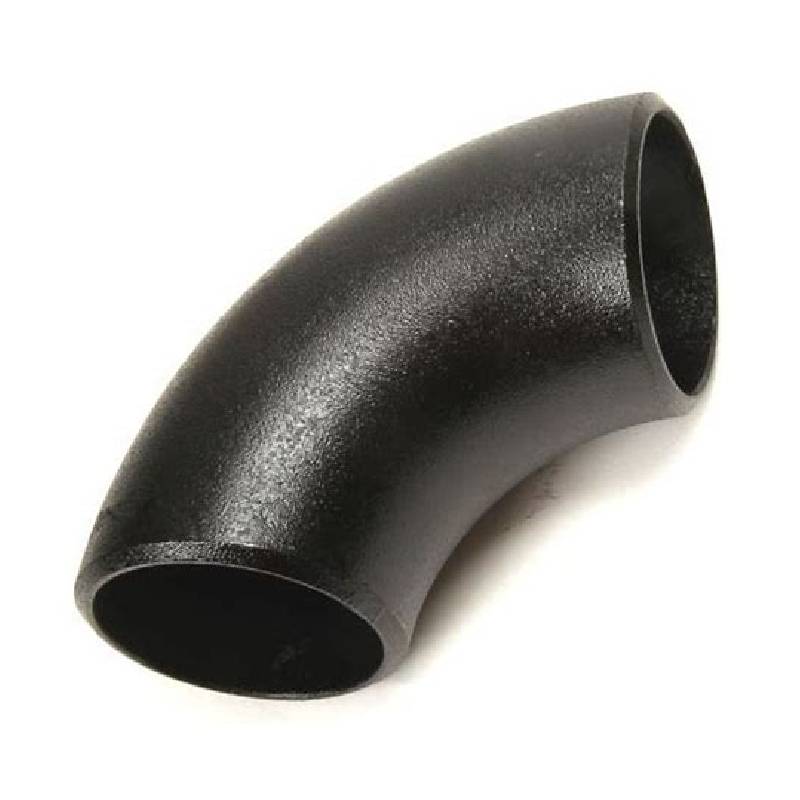-
Cangzhou Yulong Steel Co., Ltd.
-
Phone:
+86 13303177267 -
Email:
admin@ylsteelfittings.com
- English
- Arabic
- Italian
- Spanish
- Portuguese
- German
- kazakh
- Persian
- Greek
- French
- Russian
- Polish
- Thai
- Indonesian
- Vietnamese
- Zulu
- Korean
- Uzbek
- Hindi
- Serbian
- Malay
- Ukrainian
- Gujarati
- Haitian Creole
- hausa
- hawaiian
- Hebrew
- Miao
- Hungarian
- Icelandic
- igbo
- irish
- Japanese
- Javanese
- Kannada
- Khmer
- Rwandese
- Afrikaans
- Albanian
- Amharic
- Armenian
- Azerbaijani
- Basque
- Belarusian
- Bengali
- Bosnian
- Bulgarian
- Catalan
- Cebuano
- China
- China (Taiwan)
- Corsican
- Croatian
- Czech
- Danish
- Esperanto
- Estonian
- Finnish
- Frisian
- Galician
- Georgian
- Kurdish
- Kyrgyz
- Lao
- Latin
- Latvian
- Lithuanian
- Luxembourgish
- Macedonian
- Malgashi
- Malayalam
- Maltese
- Maori
- Marathi
- Mongolian
- Myanmar
- Nepali
- Norwegian
- Norwegian
- Occitan
- Pashto
- Dutch
- Punjabi
- Romanian
- Samoan
- Scottish Gaelic
- Sesotho
- Shona
- Sindhi
- Sinhala
- Slovak
- Slovenian
- Somali
- Sundanese
- Swahili
- Swedish
- Tagalog
- Tajik
- Tamil
- Tatar
- Telugu
- Turkish
- Turkmen
- Urdu
- Uighur
- Welsh
- Bantu
- Yiddish
- Yoruba

Dec . 18, 2024 14:36 Back to list
Hose Connection Flange for Efficient Fluid Management and Secure Sealing Solutions
Understanding Hose Flanges A Comprehensive Guide
Hose flanges are essential components used in various industries, particularly in sectors involving fluid transport, such as oil and gas, chemical processing, and water management. These fittings provide a secure connection between hoses and other piping systems, ensuring that fluids are transferred safely and efficiently. This article delves into the significance, types, installation, and maintenance of hose flanges.
What Are Hose Flanges?
A hose flange is a flat piece of metal (or other materials) with a central hole designed to fit over a pipe's end or onto a fitting. They are typically available in various materials, including stainless steel, carbon steel, and plastic, each selected based on the working environment and the fluid being handled. Hose flanges create a durable connection that can withstand high pressures and temperatures, making them invaluable in many applications.
Importance of Hose Flanges
Hose flanges play a crucial role in ensuring the integrity of fluid transport systems. They help prevent leaks, which can lead to environmental hazards, safety risks, and financial losses. Additionally, flanges facilitate easy disconnection and reconnection of hoses, allowing for quick maintenance or replacement of parts without the need to dismantle entire systems. This feature is especially beneficial in industries where downtime must be minimized.
Types of Hose Flanges
There are several types of hose flanges, each serving different purposes
1. Weld Neck Flanges These flanges have a long tapered neck that allows for a smooth connection and helps distribute stress. They are often used in high-pressure applications.
2. Slip-On Flanges Designed to slip over the pipe, these flanges are easy to install and are commonly used in low-pressure applications. They provide a strong connection when welded.
3. Blind Flanges Used to seal the ends of piping systems, blind flanges prevent the flow of fluids and provide access points for maintenance.
4. Threaded Flanges These flanges have internal threads and can be easily screwed onto pipes. They are ideal for smaller lines that require frequent disconnection.
5. Lap Joint Flanges These are used in conjunction with a lap joint stub end and allow easier alignment during installation. They are suitable for applications where frequent cleaning or inspection is needed.
Installation of Hose Flanges
hose flange

The installation of hose flanges is a critical process that requires attention to detail to ensure a reliable connection. Here are the general steps for installation
1. Preparation Clean the surfaces of the flange and the hose connections to remove any debris, rust, or old sealing material.
2. Alignment Position the flange correctly on the hose and align it with the corresponding flange on the piping system.
3. Fastening Secure the flanges together using bolts. It is essential to use bolts of the appropriate size and material to match the flanges.
4. Sealing Depending on the application, it may be necessary to use gaskets or sealing compounds to prevent leaks. Ensure that these materials are compatible with the fluids being transported.
5. Torque Specifications Follow the manufacturer’s recommended torque specifications to avoid over-tightening, which can lead to flange damage.
Maintenance of Hose Flanges
Regular maintenance of hose flanges is necessary to ensure their longevity and functionality. Here are some tips
- Visual Inspections Regularly inspect for signs of wear, corrosion, or leaks. Promptly address any issues.
- Tightness Check Periodically check the tightness of bolts and fasteners to prevent loosening due to vibration or pressure changes.
- Cleaning Clean the flanges to prevent buildup of debris, which can affect sealing performance.
- Replacement If any component shows significant wear or damage, replace it immediately to avoid system failure.
Conclusion
Hose flanges are integral to the reliability and efficiency of fluid transport systems across various industries. Understanding their types, proper installation techniques, and maintenance procedures ensures not only optimal performance but also safety in operations. As technology advances, the materials and designs of hose flanges will likely evolve, enhancing their capabilities to meet the demands of modern industrial applications. Whether in high-pressure settings or routine applications, proper management of hose flanges can lead to significant operational benefits.
Latest news
-
ANSI 150P SS304 SO FLANGE
NewsFeb.14,2025
-
ASTM A333GR6 STEEL PIPE
NewsJan.20,2025
-
ANSI B16.5 WELDING NECK FLANGE
NewsJan.15,2026
-
ANSI B16.5 SLIP-ON FLANGE
NewsApr.19,2024
-
SABS 1123 FLANGE
NewsJan.15,2025
-
DIN86044 PLATE FLANGE
NewsApr.19,2024
-
DIN2527 BLIND FLANGE
NewsApr.12,2024
-
JIS B2311 Butt-Welding Fittings LR/SR 45°/90° /180°Seamless/Weld
NewsApr.23,2024











